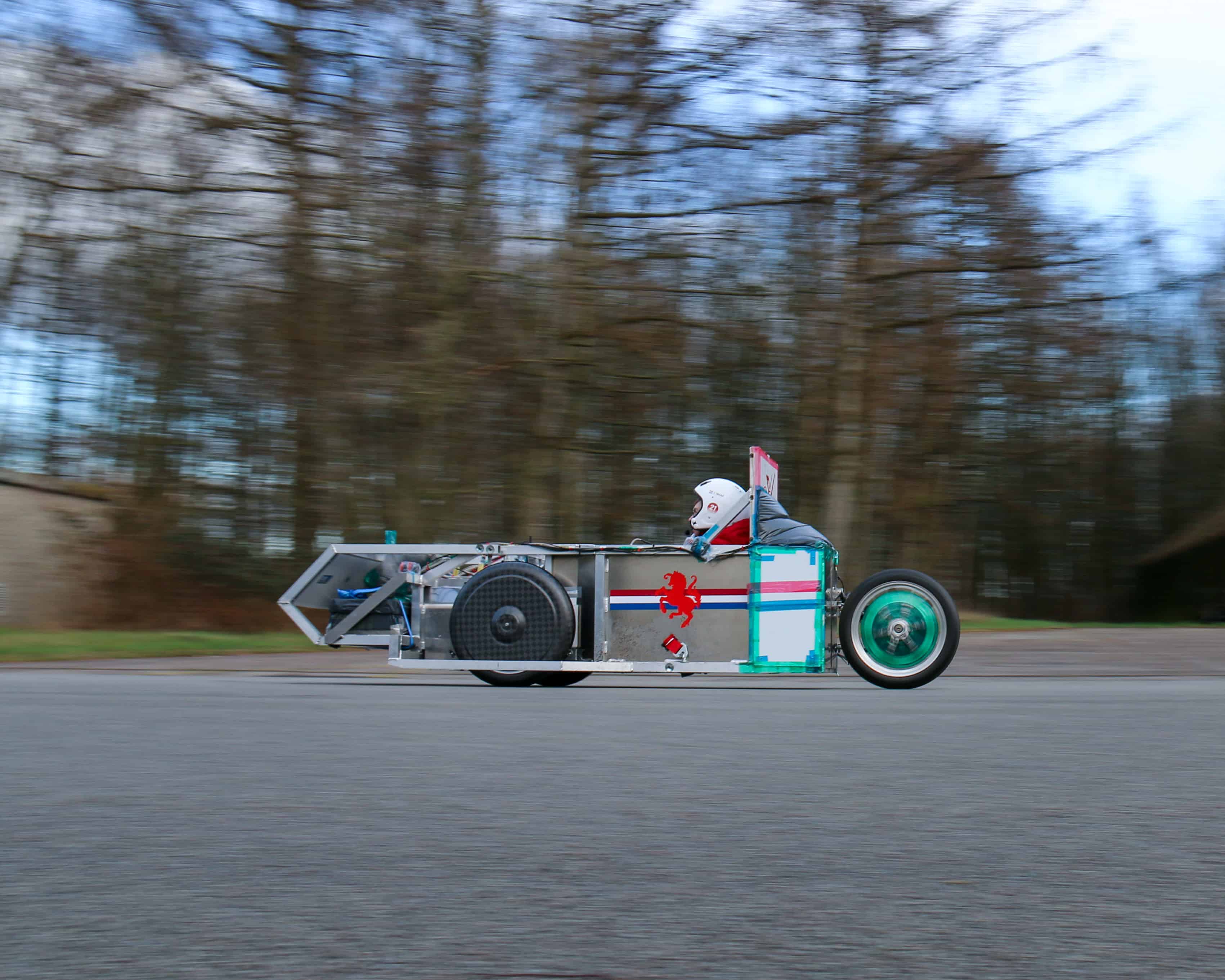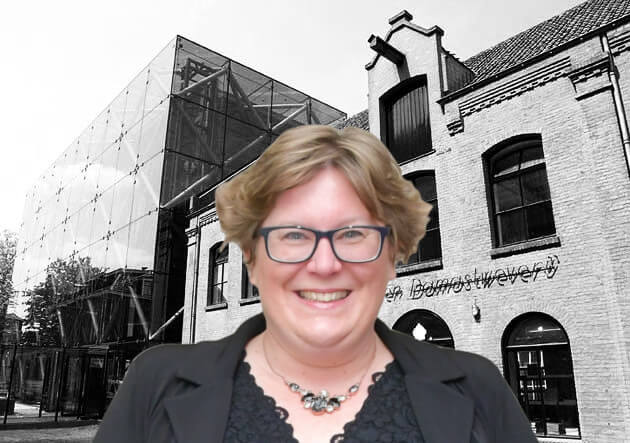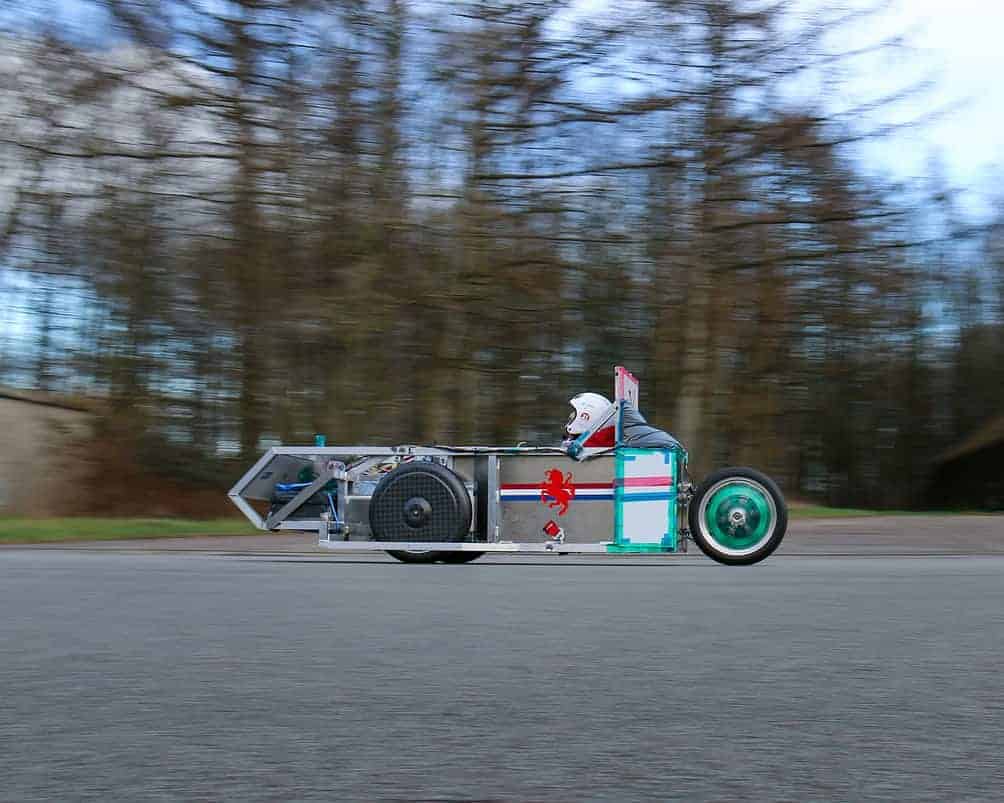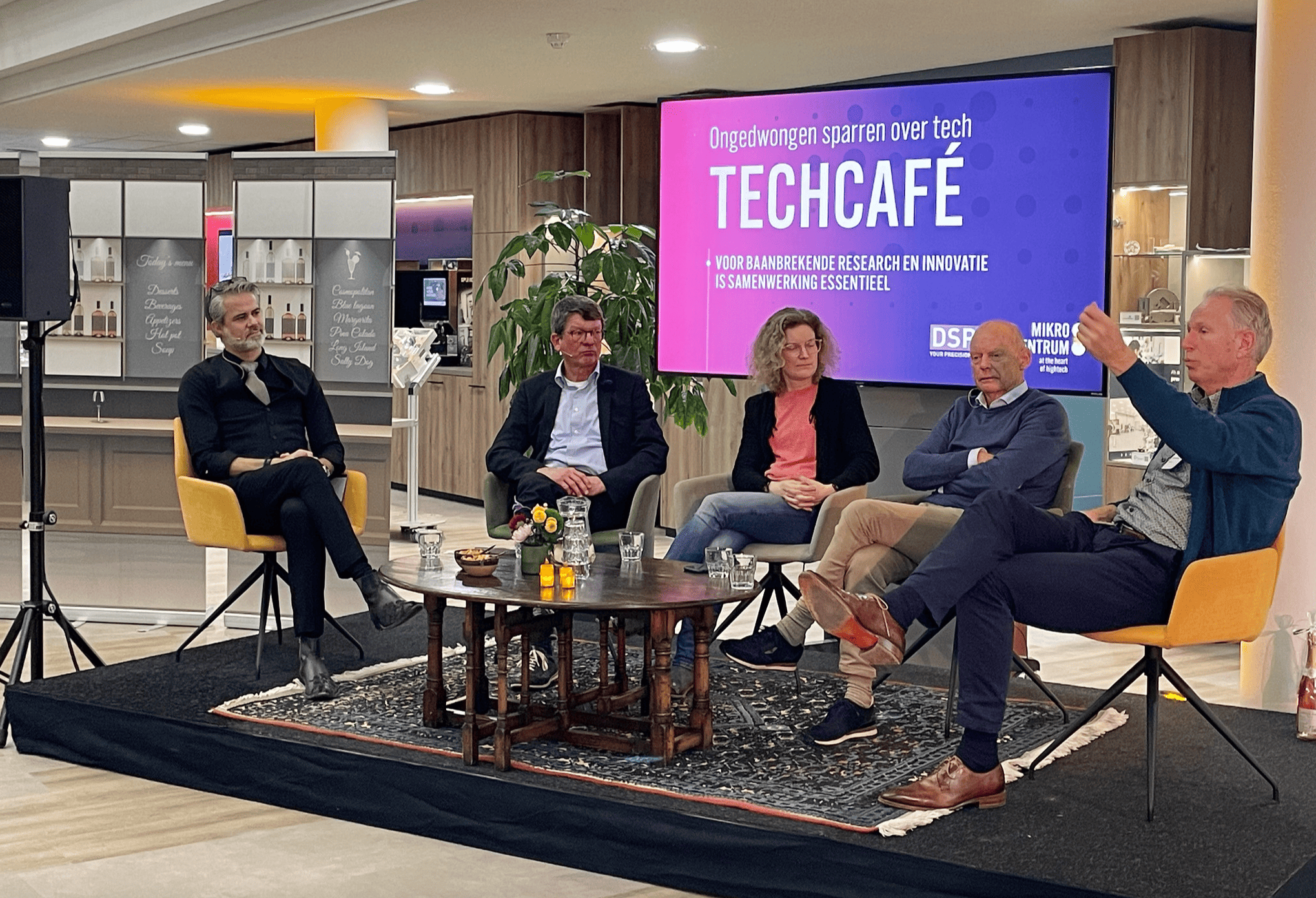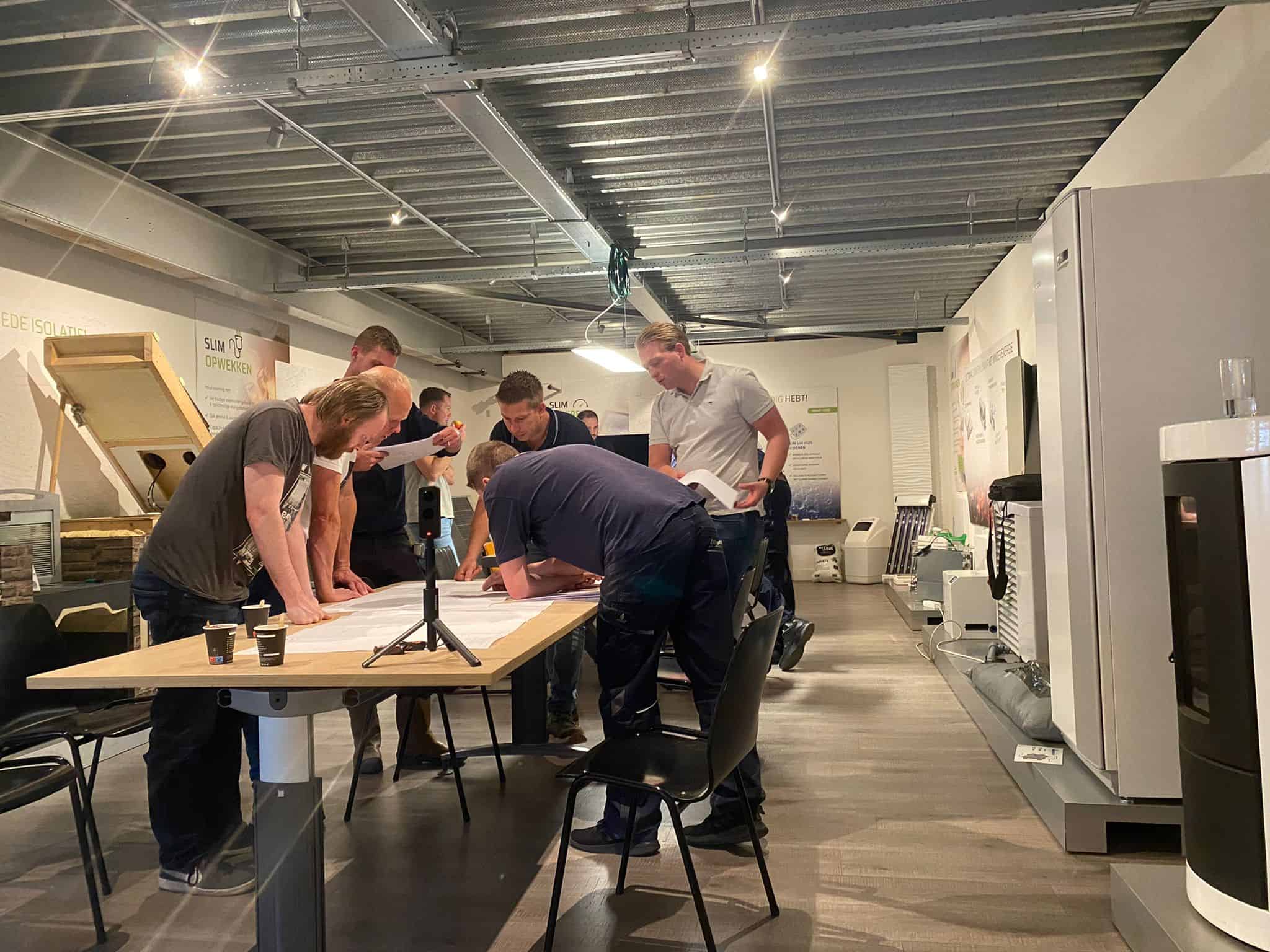
Innovation is not just about technology. Innovative breakthroughs occur precisely at the intersection of disciplines, ‘where the magic happens.’ At the same time, interdisciplinary collaboration often sounds more admirable than it is. After all, each domain speaks its language and has its own important values. How do you ensure no fuss but magic at the intersection of disciplines? We follow Solar Team Twente from the initial development phase to the finish line at the Bridgestone World Solar Challenge in Adelaide to find an answer to that question. Each time a different discipline within the team takes center stage; this time the down-to-earth structural engineers.
From tinkerer to nerd and from analyst to pusher
Engineers come in many flavors and colors. From tinkerer to nerd and from analyst to pusher. With their down-to-earth and hands-on mentality, the structural engineers I spoke to this week fall most into the latter category. The structural engineers are the carbon men for those with little understanding of racing and structural engineering. They ensure the car is as strong as possible while weighing as little.
Solar Team Twente has two structural engineers: Danique Kottier and Lars Onland, in the final phase of their mechanical engineering studies. Kottier is currently spending a few weeks at the Royal Netherlands Aerospace Centre to work on the rib structure of the car, and Onland is staying at Stork to produce the molds for the vehicle. It is precisely gaining this practical experience that makes the project so interesting for them. Getting away from studying books and designing and making things themselves creates energy. Onland: “We just unloaded the lower body mold of the plug here; that was so awesome!”
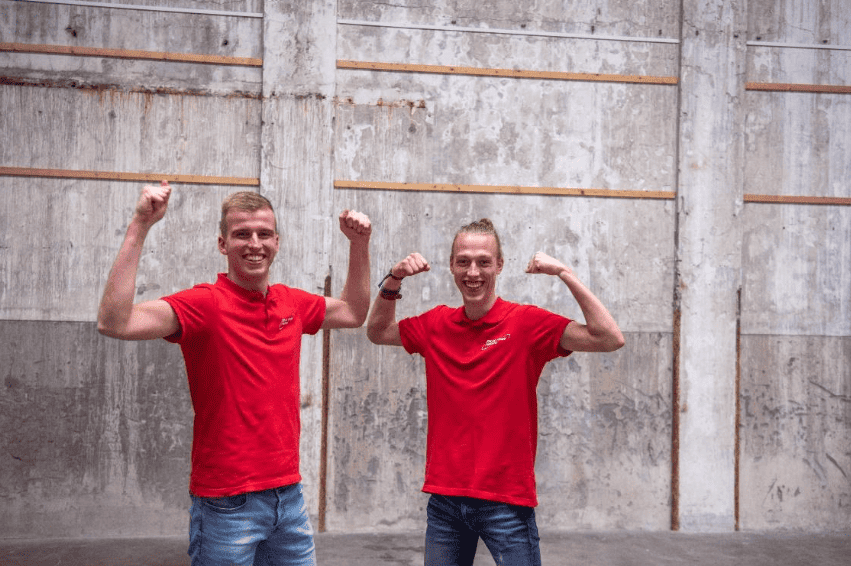
Race win
In that practical orientation, the men are guided by a computer model. With that model, they calculate where the most race gains can be made, and that determines most of their practical decisions. The structural engineers are aware that there is not the most to be gained in the area of carbon. At some point, the peak in terms of margin has been reached, and you can’t make the structure of the car even more potent with less weight. Onland: “Most of the gains are in the electronic components and aerodynamics; we simply have to ensure they can make those gains.”
Even though race wins are paramount, aesthetics also play a role. Here Formula 1 is a minor source of inspiration. Danique, not a follower of F1, indicates that he thinks the most beautiful thing about the F1 car is the front end, where the wheels are attached. Kottier: “Our car is not an F1 car, but our front end is stunning, too!” At the same time, it isn’t easy to be inspired by the queen of motorsport. The rules regarding structural engineering are so different for F1 than for solar racing that you can’t take an example from them. “In F1, the driver is allowed to be completely crammed into the car; our rules simply don’t allow that,” Kottier said.
Intrinsic motivation
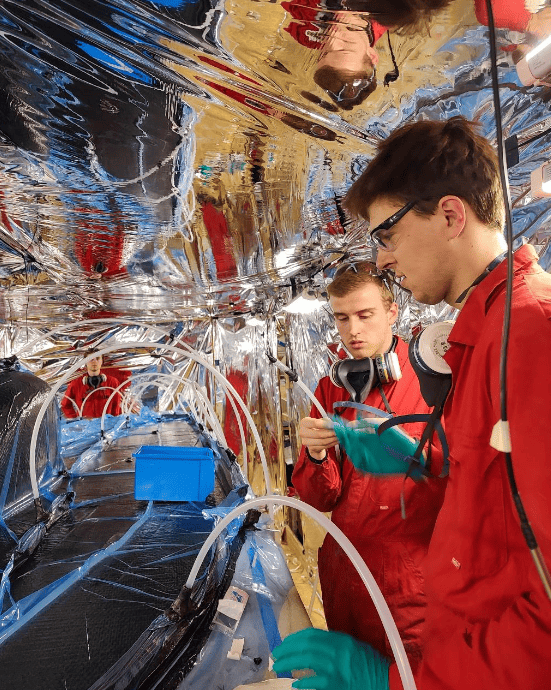
Until the end of May, the carbon men will continue to build on the car’s structure. Then the car is painted, and their work is done. Then they will help the rest of the team wherever they can until the finish line: the race in Adelaide. The team is already an intimate club, and they have been on each other’s lips from day one. Some team building was done initially, but the physical togetherness created a close-knit team feeling.
Working together toward a goal, without any external motive such as money or working for a grade, motivates. This ensures that different disciplines know how to work together effectively without any fuss. “Of course, you do notice differences between the various team members, but those differences arise mainly from a difference in college or university background, not so much from a difference in disciplines,” Kottier adds. “Bachelor’s students pick something up faster; university students think about something longer.” So the differences between team members are mainly determined by one being more of a thinker and the other more of a doer. But as long as everyone thinks and acts together, that difference doesn’t bother them much.
Road to the future
When the two structural engineers are asked what this project means for their future career paths, their answer is unanimous. Above all, they learned how important variety is in your work week and how fun it is to design and make things themselves. In HR terms: an excellent combination of variation in work and autonomy. The structural engineers are also convinced that they will stay connected to the Solar Team in the future. Onland: “Then I’ll just give feedback to the new generation again.”
